How to replace the heating element in a top-loading washing machine?
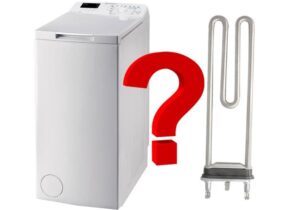 In fact, replacing the heating element is not difficult. It’s even easier to do this on the “vertical” ones than on the “frontal” ones. Why is that? First of all, due to the more thoughtful design of top-loading washing machines. Let's figure out where the heating element is located in such machines, how to check it and how to install a working part instead of a broken one.
In fact, replacing the heating element is not difficult. It’s even easier to do this on the “vertical” ones than on the “frontal” ones. Why is that? First of all, due to the more thoughtful design of top-loading washing machines. Let's figure out where the heating element is located in such machines, how to check it and how to install a working part instead of a broken one.
How to inspect the heating element?
Finding out the condition of the heating element of your “vertical” is very simple. You don't even need to disassemble the washing machine body. We'll tell you how to quickly inspect a heating element using the example of a Whirlpool machine. First you need to lift the top cover and open the drum flaps. There is an inspection window at the bottom - through it you can look “inside” the machine and see the heating element. The bunker needs to be closed and rotated so that our “hatch” is on top, and it is more convenient to work with it.
To open the inspection window, “arm yourself” with a slotted screwdriver. There is a plug on the side that needs to be moved to the right. Then the latches will work, the grooves will come off and the plastic “sash” will move away. No need to hold it, let it fall into the drum. The window is open - all you have to do is turn the drum again, open its doors, and pull out the plug that has fallen inside. Now through the holes you can assess the condition of the heating element. If necessary, arm yourself with a flashlight.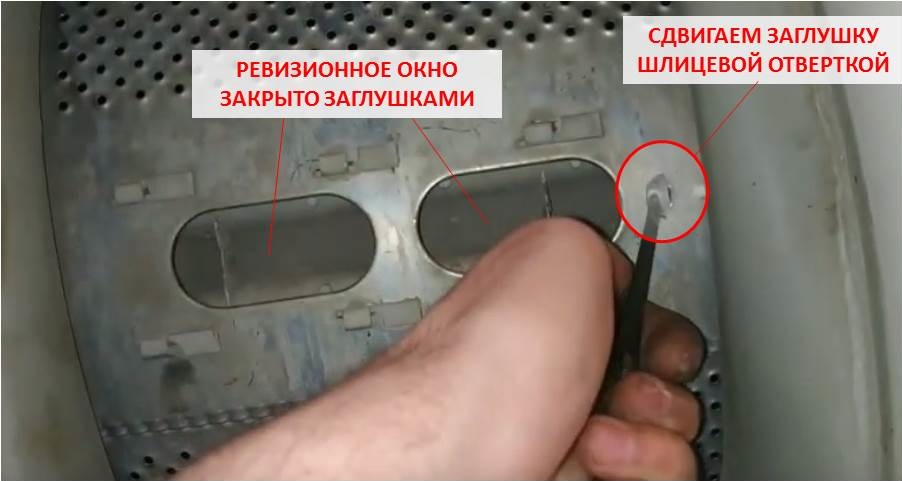
Through the inspection window it will be possible to see whether the tubular heater is covered with scale and whether there are traces of soot on it. If the heating element is in a “deplorable” condition, it is better to dismantle it and check it.It is very easy to understand which side wall of the “vertical” to remove in order to gain access to the heater contacts - also look through the inspection window. You will be able to see which side the wiring and mounting screw are located on.
How to replace a part?
Before you start replacing the heating element, be sure to turn off the power to the automatic machine and turn off the tap responsible for the water supply. Then you can move the washing machine to the center of the room so that it is convenient to work with it. Then you need to start disconnecting the side wall of the case - to do this, just unscrew a few bolts located along its perimeter. The further algorithm of actions will be as follows:
- find the location of the heating element - the “nest” is at the very bottom;
- reset the wiring. Before doing this, it is better to photograph how the chips are connected, so as not to get confused when reassembling;
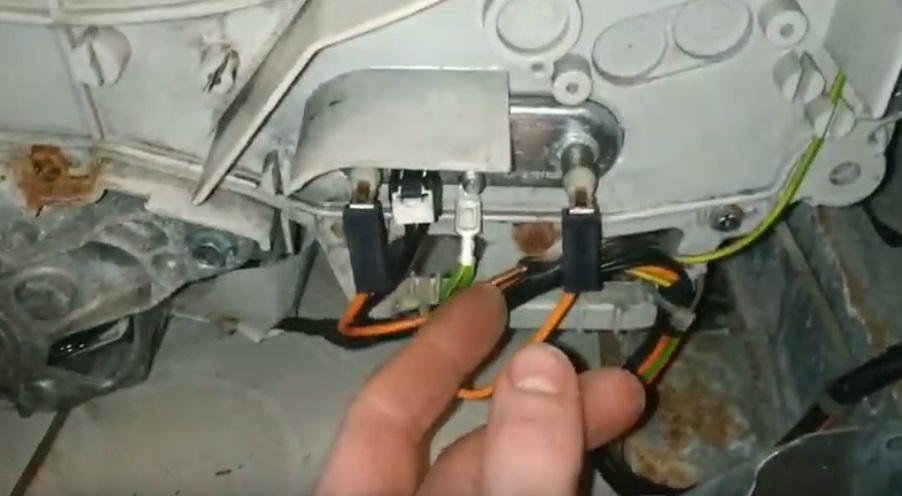
- disconnect the temperature sensor chip from the heater;
- unscrew the central nut securing the heating element;
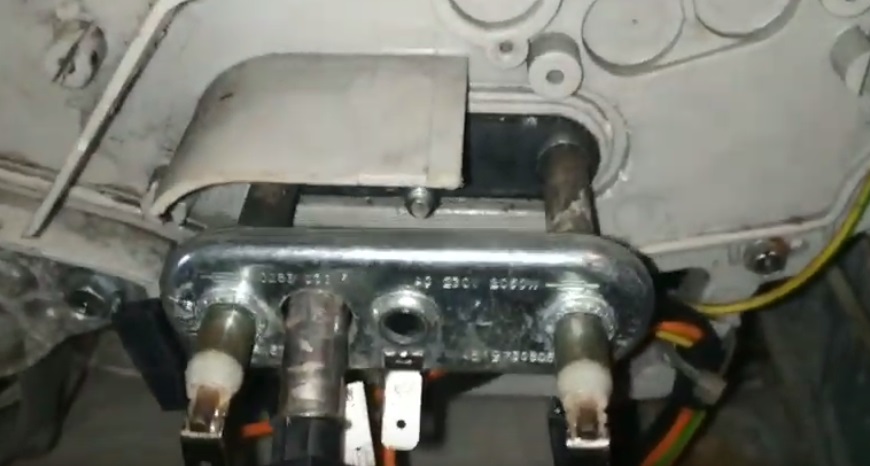
- remove the heating element from the “socket”.
If the heating element does not budge, try to move it from its place with a screwdriver, prying the heater at the edges.
The heating element must be pulled out along with the sealing collar. If the elastic has dried out and does not work, treat it with dishwashing liquid. The product will help soften the gasket. After dismantling the heater, it is better to immediately clean the seat from dirt, debris, and pieces of scale. This can be done through the holes in the inspection window. Having finished with the “cleaning”, it is worth starting to install a new, working heating element.
If the heater had a thermostat, remove it from the old part and insert it into the hole of the new heating element. Then you can insert the element into the socket and tighten the central nut with a wrench.Reconnect all contacts, ground wire and temperature sensor chip. This way you can change the vertical heater. All that remains is to assemble the body and run a test high-temperature wash. This will make sure that there is heating.
Testing an old part
To check the heating element, you need to know its operating power. Then, by substituting the values into the formula R=U²/P, where “U” is the voltage indicator in the network (220V), you can calculate the resistance that should be provided by a working part. Next, the resulting number is checked against the value displayed on the multimeter display.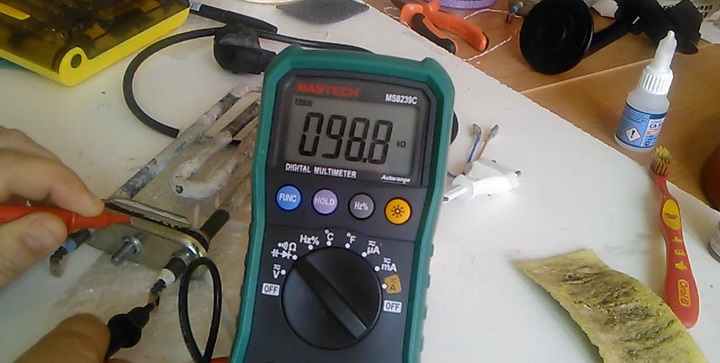
For example, a heating element with a power of 1800 W is installed in a washing machine. Then, substituting the values into the formula, we get a resistance of 26.89 Ohms. A slight deviation is allowed, plus/minus 3 ohms.
Information about the power of the heating element is indicated on the body of the heating element.
Next, you need to “arm yourself” with a multimeter and switch it to resistance measurement mode. One tester probe is applied to the right terminal of the heater, the other to the left. Then you need to evaluate the readings on the device screen. If the multimeter display shows a number from 23 to 30 Ohms, the heating element is working. Zero, one or a value tending to infinity will indicate that the heater has failed. In this case, replacement of the part will be inevitable.
Interesting:
Reader comments
- Share your opinion - leave a comment

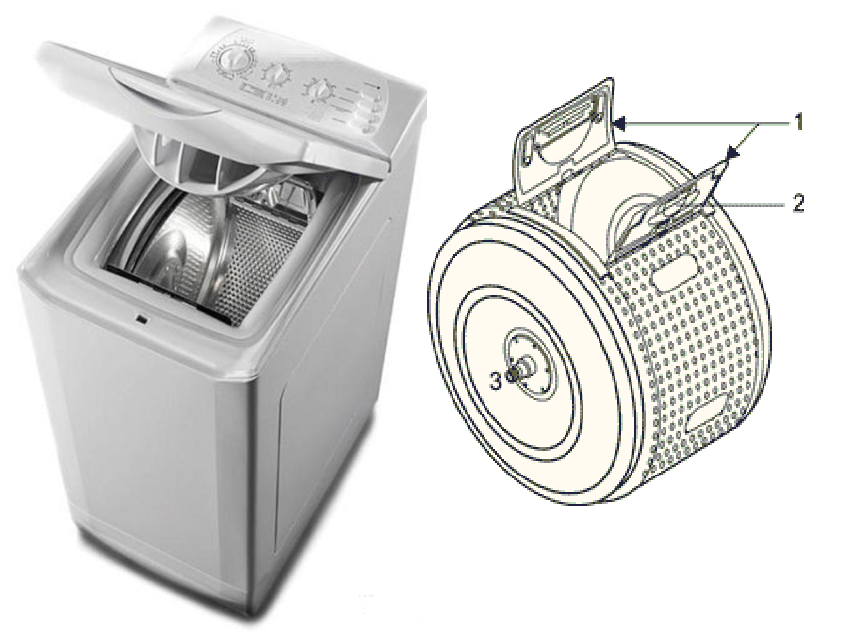
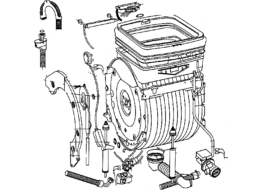
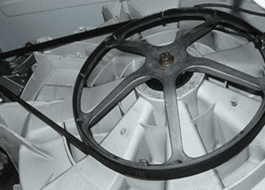


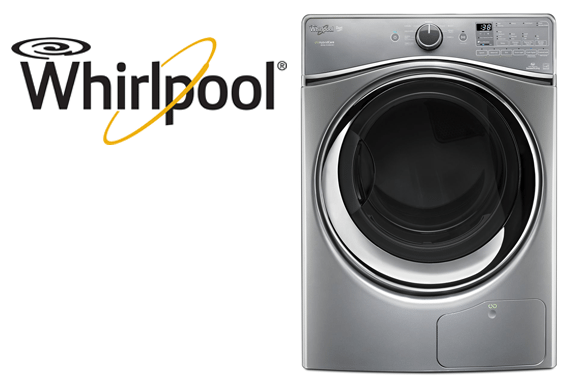














Add a comment